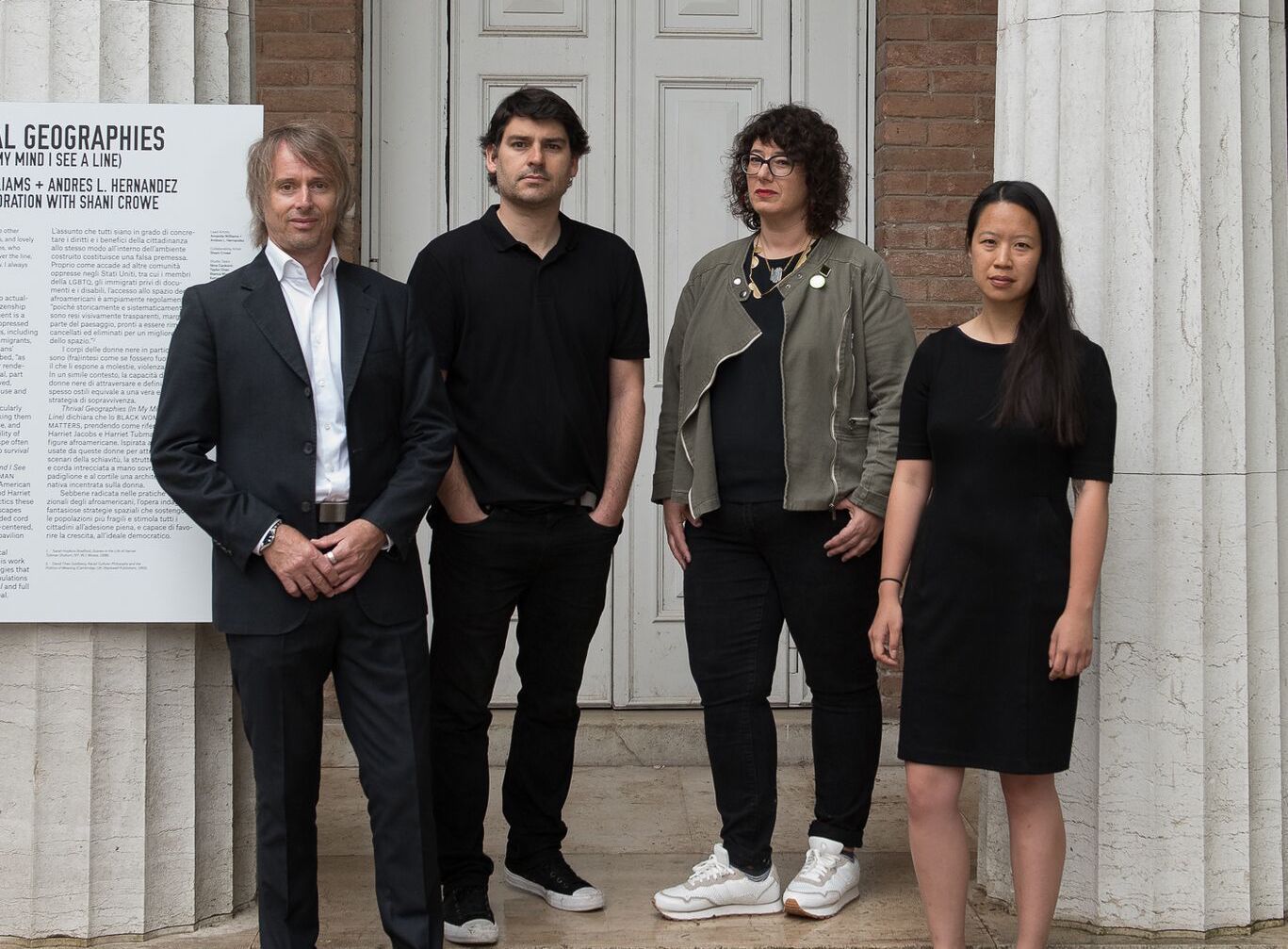Q&A with SCI-Arc Alumna Mimi Zeiger on the Venice Architecture Biennale
At the Venice Architecture Biennale’s U.S. Pavilion this year, SCI-Arc alumna Mimi Zeiger (M.Arch, '98), alongside co-curators Niall Atkinson of the University of Chicago and Anna Lui of the School of the Art Institute, presents “Dimensions of Citizenship,” an exploration into the role of architecture within our current political tumult over borders, migration, and the right to exist in a particular space. They invited architectural firms, including Studio Gang, DS+R, and Estudio Teddy Cruz + Fonna Forman, alongside artists and other theorists to work with these themes in a series of ascending scales—Citizen, Civitas, Region, Nation, Globe, Network, and Cosmos.
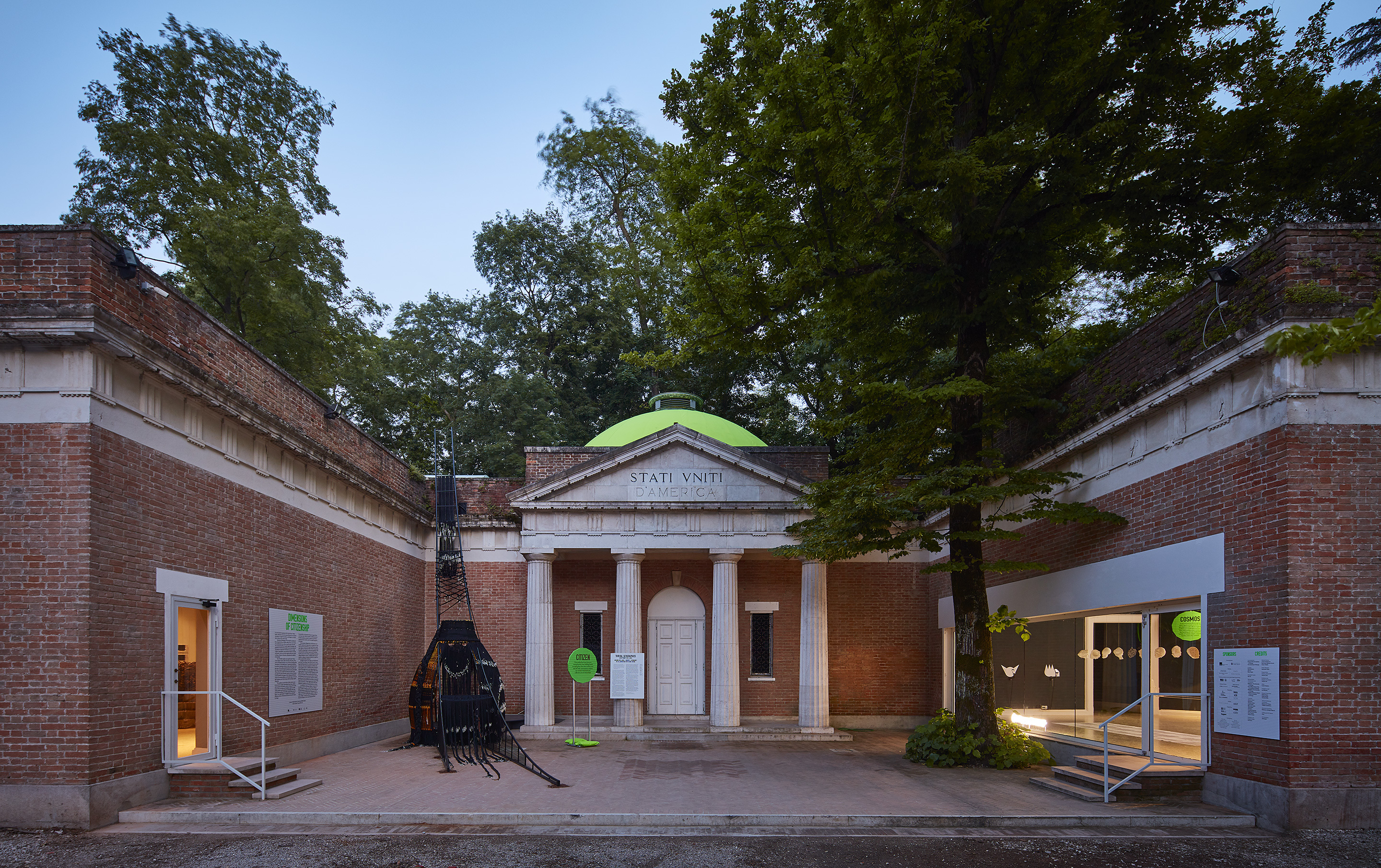
In conversation with SCI-Arc, Zeiger expounds on the content of the U.S. Pavilion, as well as the potential for architecture to define citizenship not only in the here and now, but in the realm of outer space and into the future.
This year, the American Pavilion goes into the cosmos, into politics, and into art in a way that perhaps Patrik Schumacher might not believe constitutes strict “architecture”—he recently made another statement lamenting the lack of architecture in the Venice Architecture Biennale. What is the nature of architectural inquiry in 2018, and how does your pavilion fit into that context?
The US Pavilion features work by architects, landscape architects, and artists trained in architecture. The future of architecture lies not in the reinforcement of its autonomy, but in its ability to envision, engage, and lead an expanded field. Biennale president Paolo Baratta said at a press conference in NYC earlier this year that the Biennale is about ideas. We consider the ideas represented in Dimensions of Citizenship, and represented using the full breadth of the contemporary architectural toolkit that goes well beyond models and drawings at this point in time, to be architectural, speculative, and critical to the continued agency of architecture within culture at large. That’s a discourse that’s removed from the kind Patrik is engaging in, which privileges heroisms past and the technological advancement of architecture at all costs.
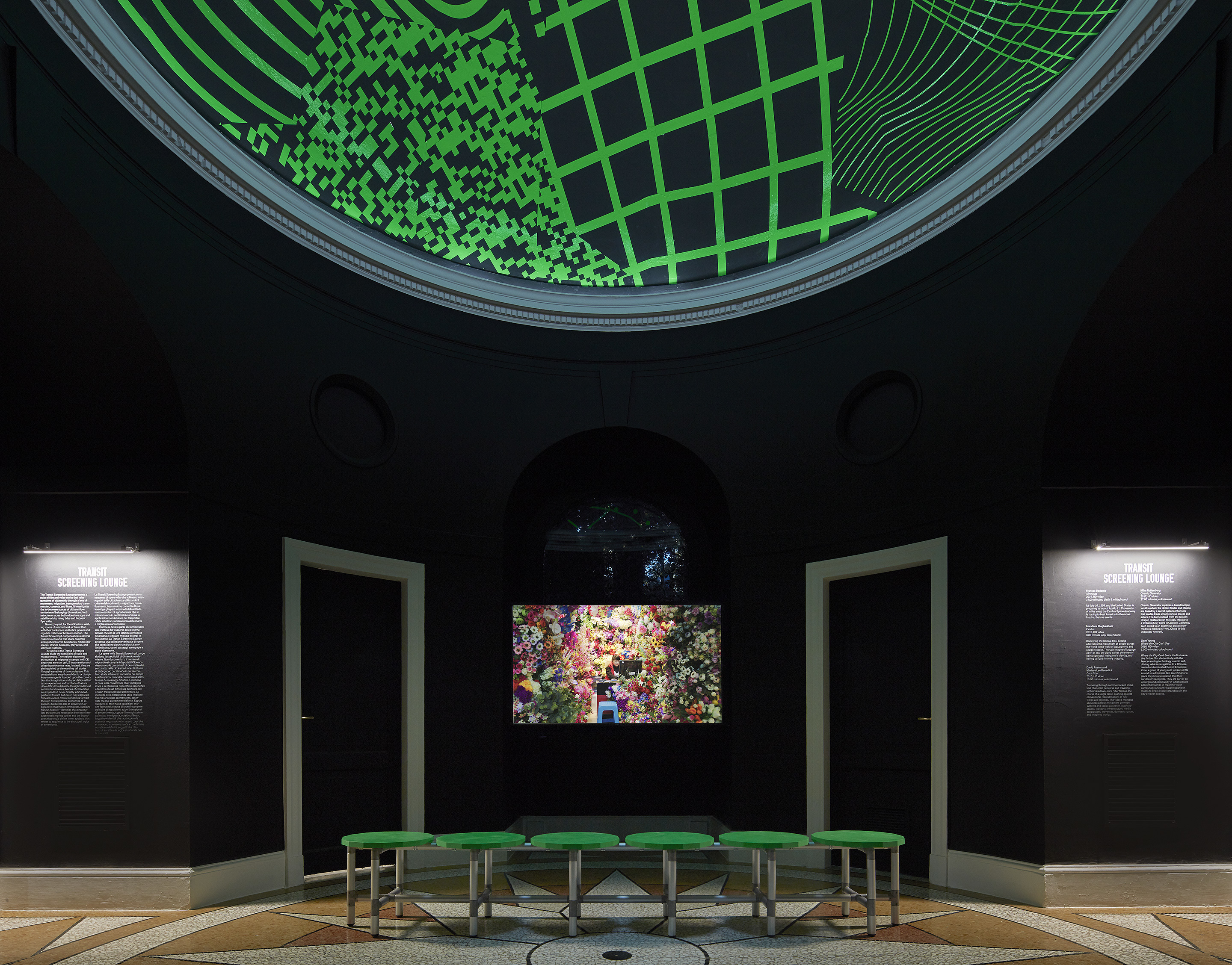
The theme “Dimensions of Citizenship” draws a clear line towards the policies of the White House, one of the most potent symbols of the United States. Can you describe how the theme developed?
We came together in the space of time between the 2016 election and inauguration. It maybe complicated some of the conditions we were seeing on the ground—a return to formalism in architecture and a removal of politics of the contemporary moment—but we recognized that if we were going to represent the United States in internationally, to do so without addressing what just happened would be misguided.
We put together this idea of citizenship and how to address it, and we looked to the cosmos, structured off the Eames’ “Powers of 10” video. How we exist in the world is always at a variety of scales; we don’t simply exist as citizens on the scale of our national identity, and the scales allowed us to bring together a diverse set of practices. It was important to address big issues of architecture along with questions of politics, so even though it’s a very interdisciplinary show, we still see it very much questioning what architecture’s agency is and how it can put ideas into the world. It was a competition, and I don’t think any of us were convinced that we were going to get it given the climate and the NEA; we had a lot of uncertainties, but we knew our roster of some of the best architectural practices in the U.S. today gave us the fighting chance.
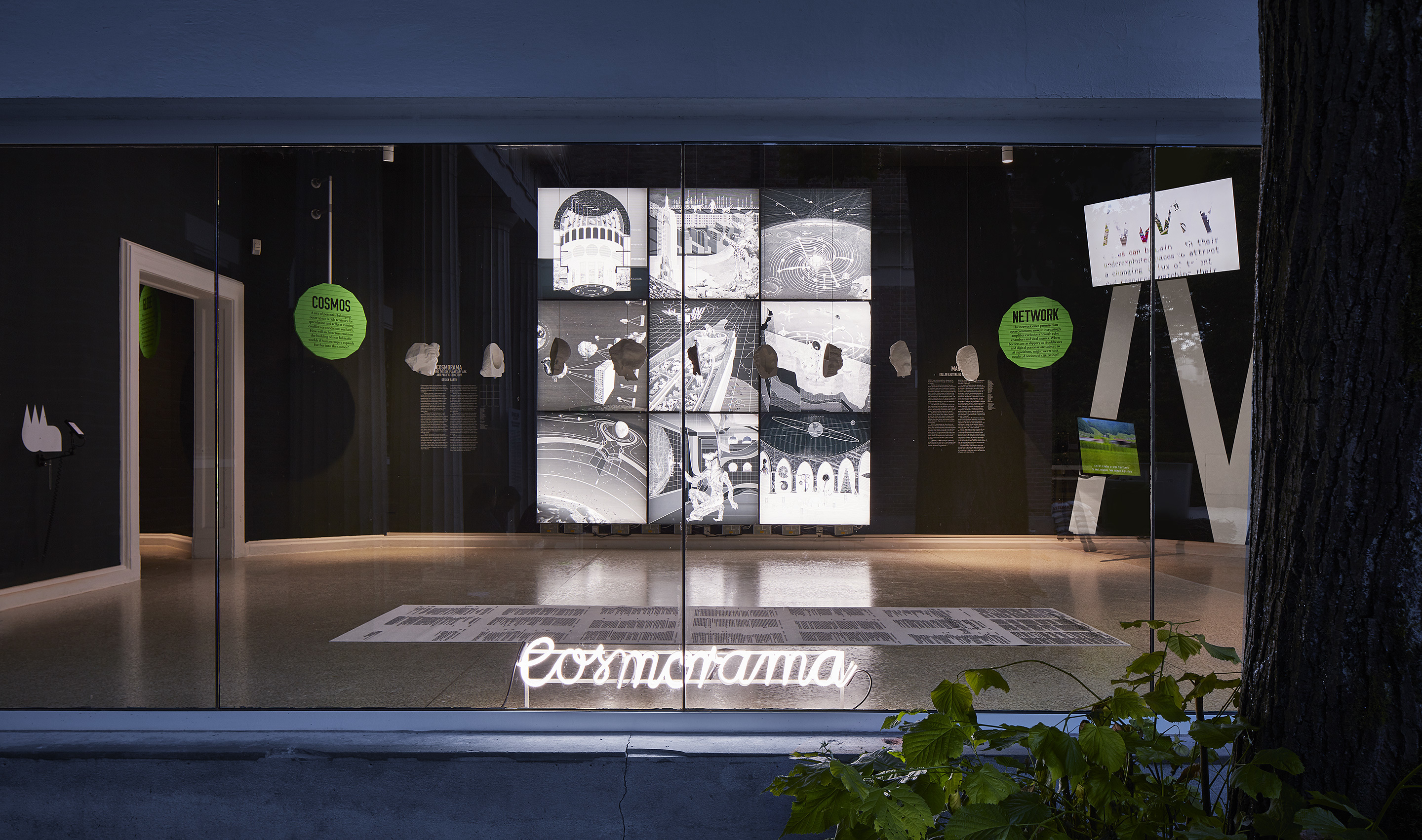
The Biennale’s curators this year, Yvonne Farrell and Shelley McNamara, designated this year’s theme as “Freespace,” the idea that architecture is a “spatial gift” in which its users can move about. Given that pavilions must submit their exhibition proposals before the theme or curators are announced, do you feel that the U.S. Pavilion fits into the “Freespace” concept?
I think we do. You can address a theme and critique a theme at the same time, and I think we have conversations that are critical of this idea of freeness. Studio Gang’s “Stone Stories” revisits the cobblestones of Memphis Landing, which very much suggests a freespace, a new democratic space in a place with dark histories. [Memphis Landing is a now-derelict port on the Mississippi River that was once and important hub for the cotton industry, which thrived on slave labor.] We look at things like Amanda Williams, Andres L. Hernandez, and Shani Crowe’s “Thrival Geographies,” which is a play on words for rival geographies. It documents the conditions of how African Americans move through space differently; you begin to set up a kind of survival technique. Coming out of questions if fugitively, you realize that freespace is not for everyone.
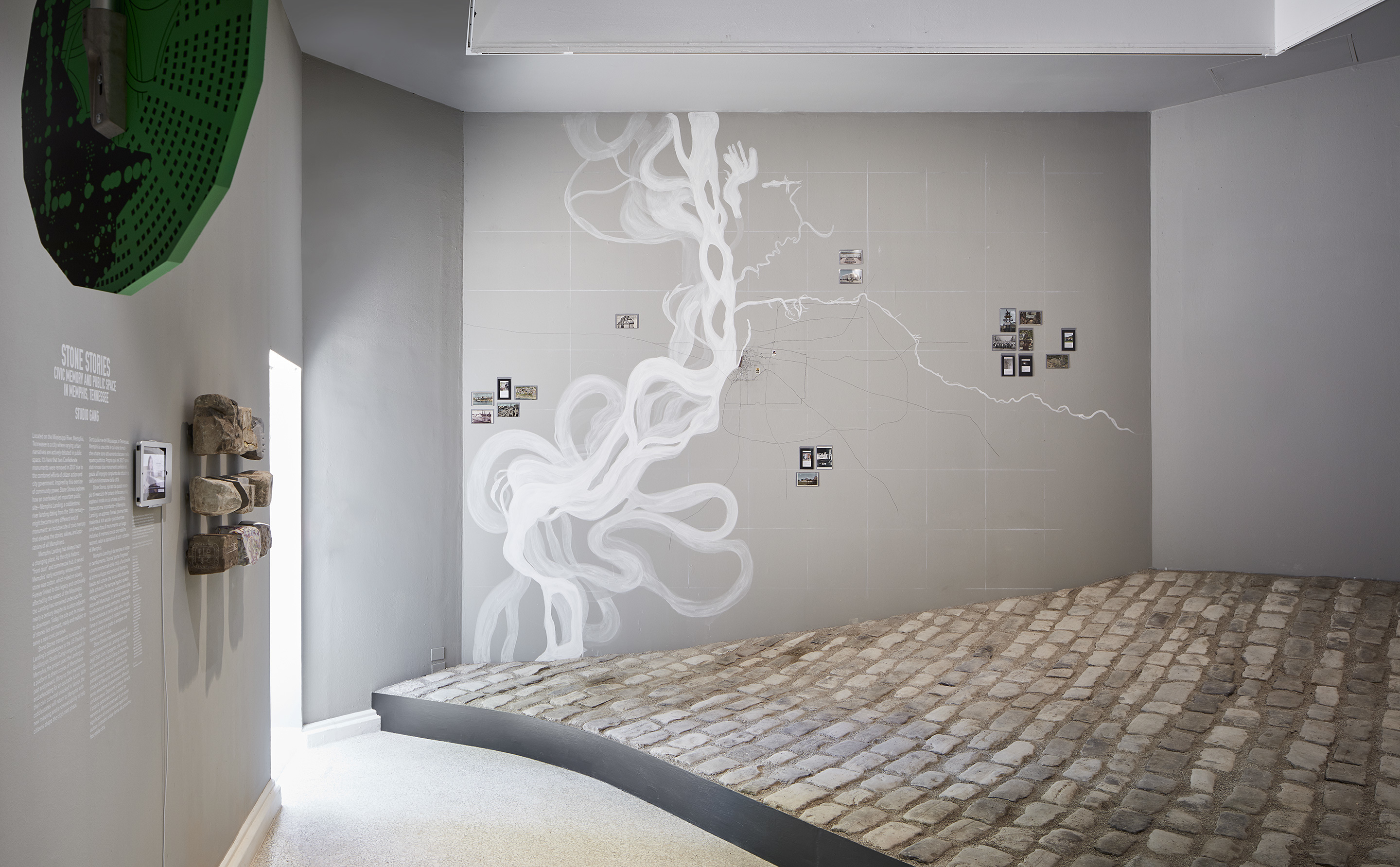
Speaking of space, Diller Scofidio + Renfro’s project with Laura Kurgan, Robert Gerard Pietrusko, and the Columbia Center for Spatial Research, “In Plain Sight,” includes images of the Earth taken from outer space. How does this exhibit address issues of citizenship?
That project is looking at two satellite images, one taken in 1972, which is the blue marble we’re very familiar with, versus this image of the world at night taken in 2009. You would assume that where there’s light, there are people, but they’re looking at anomalies to that conceit, finding places in the world where there’s light with no people, like an oil pipeline in the Congo that’s illuminated 24 hours a day; or people with no light, places of energy poverty. In terms of citizenship, we have to question presumptions that the image of the world is equal. Policies are driven on incorrect assumptions of where people live and how resources are distributed. It’s a visualization of unequal access, and as architects, it’s our responsibility to visualize this work so that the next round of work can begin: policy can be changed, and systems can be recalibrated where real need exists.
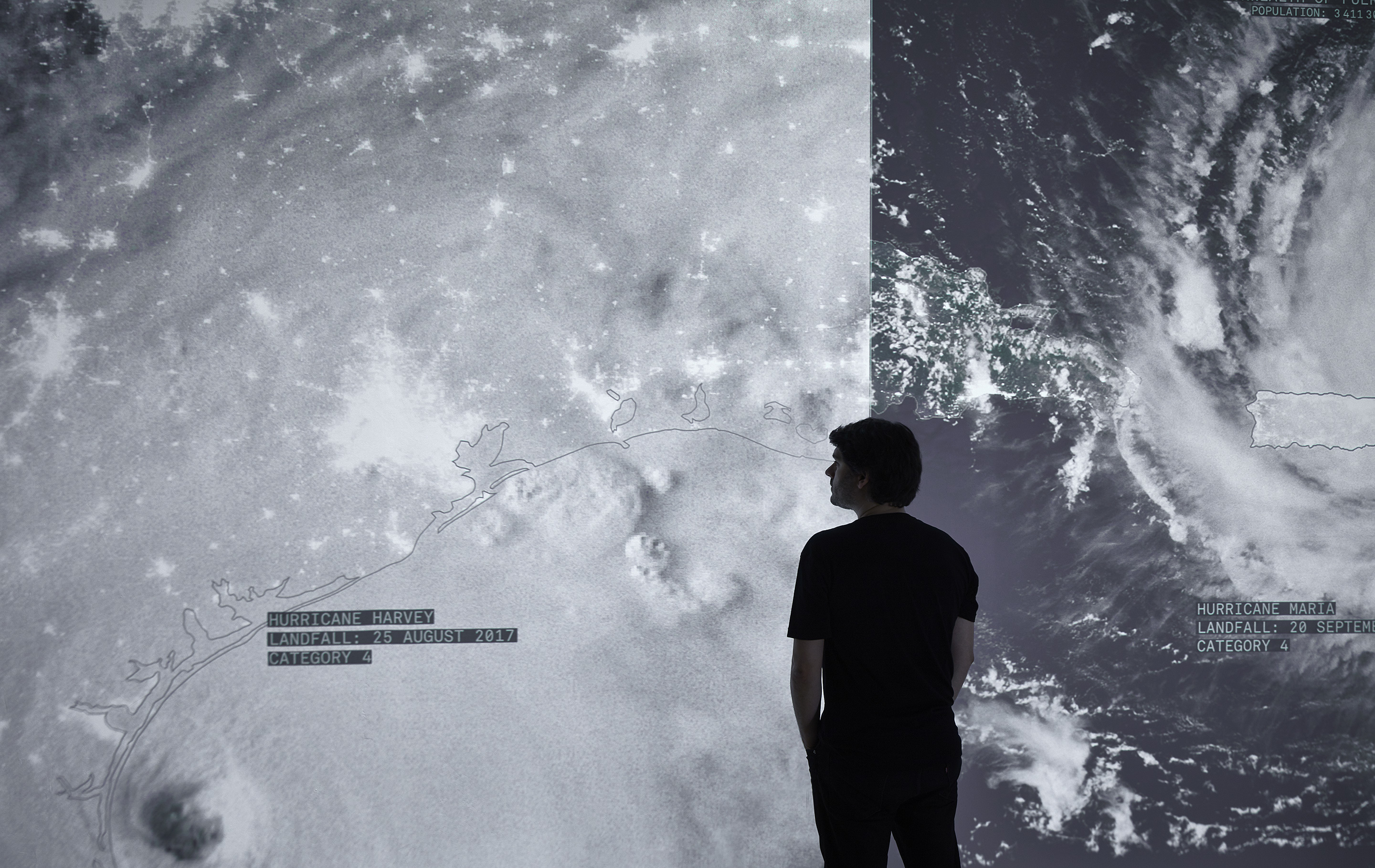
Did your education at SCI-Arc inform your curatorial practice as it exists today?
In a SCI-Arc context, one of the positions that’s in the project is about the role of speculation, using the architectural toolkit and the new architectural developments in it to visualize what a future citizenship might look like—whether that may or may not be a utopia or a dystopia, but sort of an alternate future. If you go back to Patrik’s question of “no architecture,” I think we believe that this sort of speculative architecture is an important part of real architecture. And in fact if you cannot visualize what comes next, you cannot articulate it to a public.
How do you suggest an architecture that comes from a different perspective? The interdisciplinary content within the pavilion engages in architectural agency. Thrival Geographies uses the African American condition as a mode to understand spatial practices: It’s the idea that you might move through space differently if you’re African American or a minority in the United States—because you’re looked at differently, you make spaces for yourself differently. Black spatial practice is another kind of future.
Both an architecture and a future architecture that can be built on these other vocabularies is just as powerful as a technologically advanced gesture. If we don’t put it out there as a potential modality of architecture, who’s gonna?
